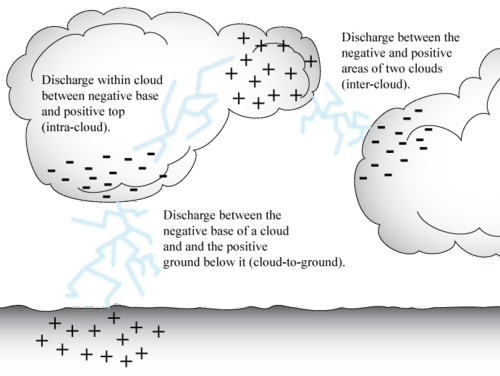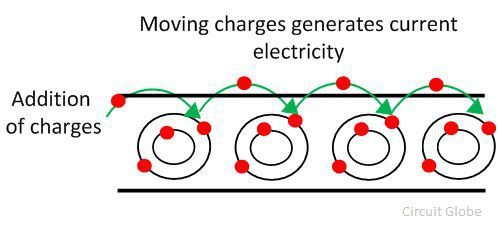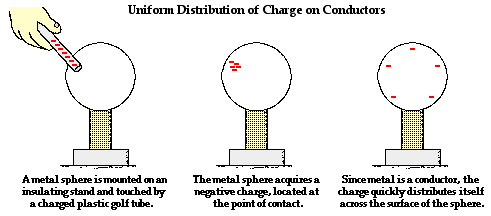Static Electricity Examples In Everyday Life

Rubbing a balloon on your head and bringing it close to a wall and seeing if.
Static electricity examples in everyday life. The action of rubbing against a wool mat. For instance photocopiers use static electricity to give the image or text a charge. One main use is in printers and photocopiers where static electric charges attract the ink or toner to the paper. Examples of static electricity are as follows.
If a wool mat is spread on the floor then by rubbing the human body can receive a negative electric charge. A spark of static electricity can measure thousands of volts but has very little current and only lasts for a short period of time. Static electricity is very widespread in everyday life. Static electricity is a static charge.
The example of static electricity application in daily life developer process. Static electricity is produced when two objects are rubbed together. Other uses include paint sprayers air filters and dust removal. Positively charged iron powder help lift the toner to be attached to the image area.
When they undress and sleep at night they often hear buzzing noises in the dark and they are accompanied by blue light. When they meet and shake hands they just touch the fingers. The toner and the image have opposite charges because opposite charges attract. In the dry and windy autumn people often encounter this phenomenon in their daily lives.
This means it has little power or energy. Uses of static electricity. The triboelectric effect is the main cause of static electricity as observed in everyday life and in common high school science demonstrations involving rubbing different materials together e g fur against an acrylic rod. Static electricity has several uses also called applications in the real world.
Lightning is a powerful and dangerous example of static electricity. Here are some examples from industry and everyday life. Electrification of a plastic comb is another example of static electricity.














































